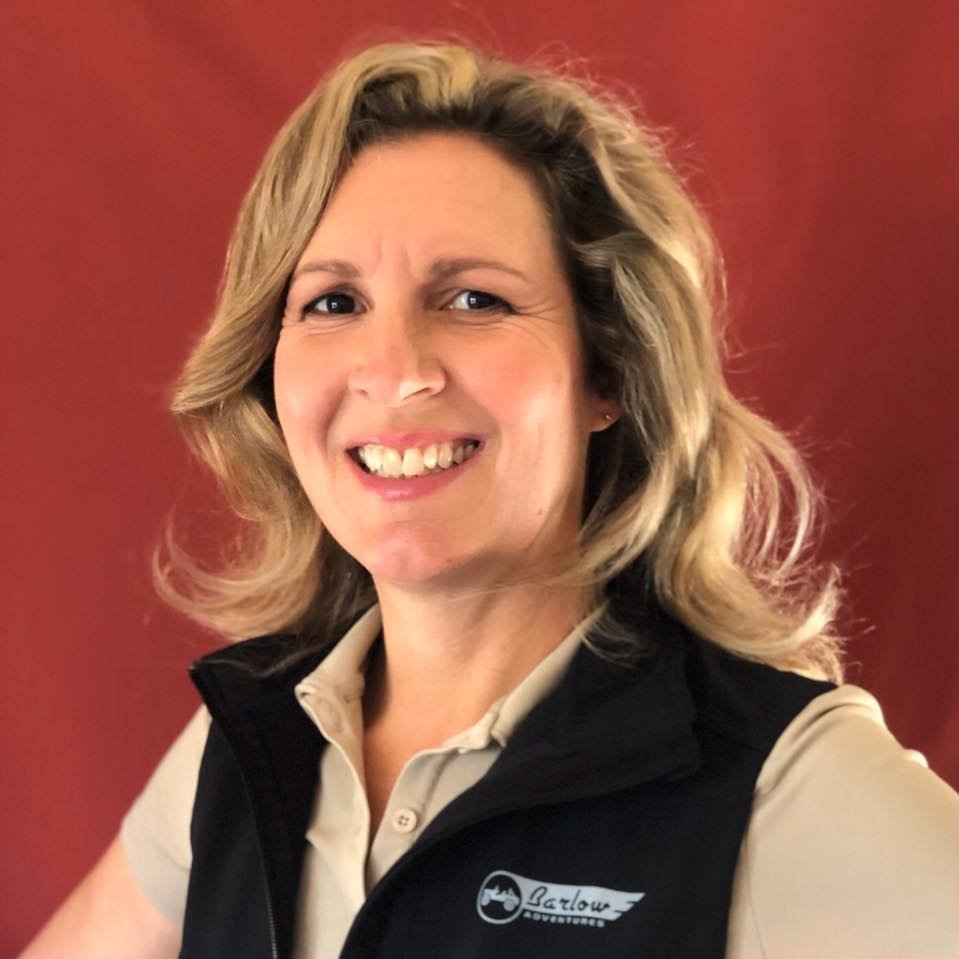The Pressure: Where Should You Run Your Tires?
By Nena Barlow
This article originally appeared on fourwheeler.com.
You all know by now that airing down your tires is one of the simplest ways to improve the trail performance and ride quality of your Jeep. The big question is always: To what pressure should I air down? Whenever this topic comes up on forums or social media, the answers vary from to “tire circumference minus rim diameter, multiplied by pi, minus GVWR, multiplied by ambient air temperature, and divided by your age” to “6.” What I have found is that there are two methods to effectively and safely adjust tire pressure that apply to a variety of vehicle and tire types.
The first and easiest way to adjust tire pressure is to start by simply dropping the tire pressure by 10 psi below the usual highway tire pressure, or what the placard on the doorjam says the tire pressure should be. On a Jeep, the placard psi is usually 32 to 37 psi, so dropping 10 psi is a 27-31 percent decrease in pressure.
Though I like to run at about 12-14 psi on most trails with my 6500-pound Jeep, not all tires and driving styles are appropriate for that. Even if you don’t know the ideal pressure for you and your rig’s tires yet, simply reducing the air pressure in your tires by just 10 psi will allow your tires to grip the trail noticeably better, reduce the likelihood of puncturing your tire on a sharp rock, and improve the ride quality for you, your passenger, and your Jeep’s components. You can always let a little more out to see if it helps if you find yourself constantly losing traction on the trail. Don’t think 4 psi can make a difference? Think of it this way: if you are at 20 psi and drop to 16 psi, you just increased your footprint, that is, your traction, by 20 percent.
The second method is geekier and more technically correct, but requires some math. Let me spell out the disclaimer here: This is the formula that I have found works for me with the variety of vehicles and tires that I have run. It is not meant to be the law for all tires and rigs out there, but rather a guideline as a reasonable starting place, and can only be accurate if you know the actual vehicle weight at each axle. No tire or vehicle manufacturer will endorse a formula for airing down. Do so at your own risk!
The sidewall of the tire will state a max load at a specific psi. The max load stated is not necessarily the street tire pressure you should be running. It is the maximum load that the tire can sustain. To determine the air pressure for the weight of your rig, run the following formula:
Weight at the axle divided by the max load stated on the tire multiplied by two (since there are two tires on each axle). Add 20 percent to that number for a safety margin. Now multiply that times the max load pressure stated on your tire. This number gives you the street pressure for your tire. Divide that by 3 for the lowest minimum off-road pressure for your rig on these tires.
Weight at axle / (Max tire load x 2) = A
A x 1.2 = B
B x Max load psi = C (your street pressure)
C x 0.35) = your lowest minimum off-road pressure
Clear as mud? When in doubt, always round up or add 10 percent for extra safety. If you are driving with any speed, you should add a little more pressure. This formula has worked well for me as a starting place for many of my rigs, with often only an adjustment of a couple psi here or there. I hope it helps you figure out your optimum tire pressure as well. If not, I would love for you to yell at my editor.
Remember, safety requires that you have a way to air-up before long trips home on the highway, especially when dropping below 20 psi. Heat builds up exponentially in an aired-down tire at highway speeds, and heat is the enemy of your tires. Take care of your tires and they will take care of you!
Barlow Adventures owner, Nena Barlow grew up in the Southwest, exploring the back roads by Jeep, horse, and hiking boots. She has been in the Jeep business since 1996, providing tours, 4wd instruction, location scouting, offroad event planning, trail mapping & photography, and recovery. Nena is a certified Master Trainer by the International 4wd Trainer Association and has logged thousands of hours in the backcountry behind the wheel of a Jeep, with additional off-road experience in Hummers, Unimogs, Fords, Toyotas, and Nissans. She says, “The most important things about four-wheeling are to let the vehicle do the work—don’t overdrive it; and never take any trail for granted—go slow, pay attention, and never be ashamed to turn around and go home.”










